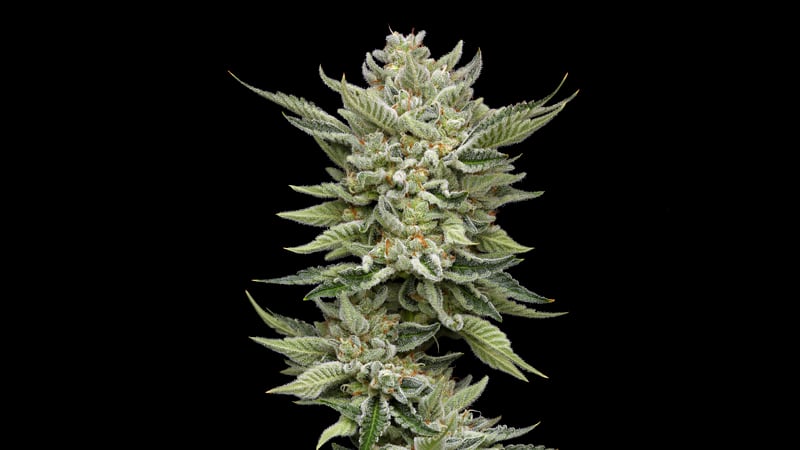On Dec. 28, while many of us were enjoying a well-deserved post-Christmas chill, the Oregon Liquor and Cannabis Commission was busy approving a new slate of rules that have not only changed what’s available at your local dispensary, but also what’s stocked in the wellness aisle at Oregon grocery stores.
Based on the industry’s growth, potential for interstate cannabis commerce, and regulations that apply to other states that have legalized recreational sales, the new rules are intended to curb manufacturer violations, increase product choices for the consumer, and establish a testing and regulation framework for an ever-broadening spectrum of cannabinoids and their derivatives. Overall, these regulations have the potential to lower prices, improve working conditions, and advance the general quality of Oregon cannabis.
Many of the changes won’t necessarily affect the buying experience for the average cannabis user, but the ones that do, oh honey, you’re going to want those recapped. Here are a few highlights:
Flower Buying Limits Have Doubled
Customers can now purchase 2 ounces of weed at a time—up from 1 ounce, as of Jan. 1. Home bakers, amateur extractors and high-tolerance patients can streamline their dispensary shopping by going to one vendor, rather than double-dipping along the Green Mile or, in some cases, spending an afternoon in the car trying to get to multiple stores all across town.
So Have Maximum THC Levels for Edibles and Concentrates
Edible THC limits will increase from 50 mg to 100 mg per package on April 1, a date that frankly could not arrive sooner. High-tolerance edible enthusiasts can finally reach their peak without having to eat multiple brownies, cookies, gummies and other blood-sugar spiking confections. Similarly, the maximum THC level for concentrates and extracts has doubled from 1,000 mg to 2000 mg per package, pushing the maxim “A little dab’ll do ya” to its maximum limit.
Edibles Get Another Big “Score”
Those nebulous, single-serving portions of bite-sized edibles now must have clear scoring to make the portion sizes accurate and obvious—a necessity with what’s sure to be an influx of high-dose, small-package edibles like caramels and gummies. If you still want to share nibbles of an edible with your boo thang, just keep in mind many of those scored single doses now have a maximum of 10 mg of THC. So, if you’re low-tolerance, nibble responsibly.
New Cannabinoids Need Old Tests
Non-intoxicating cannabinoids like CBN, CBC and CBG have swept the market, appearing in wellness products from all manner of both fly-by-night and highly reputable companies. However, the regulations around them were vague. With this new rule, any novel cannabinoid is required to meet the standard for the Food and Drug Administration’s New Dietary Ingredient notification, Generally Recognized as Safe. As such, expect a thinned but vetted selection beginning next year. Oregon-licensed brands will have 18 months to bring their products into compliance.
Viva Cross-County Delivery
For those whose residence and/or mobility kept a robust recreational market just out of reach, home delivery is now permitted across city and county lines. However, this rule has a caveat: Local authorities must give it their stamp of approval. Dispensaries were previously limited to deliveries in the city or county where the retailer was located.
Easier Grower Reporting
Reducing the time and cost for Oregon cannabis license holders to log all of their plant tagging and harvests into the state’s tracking system means fewer cut corners in an effort to meet a regulatory deadline. More time and less financial burden for our gifted farmers means engaged cultivation and an overall improvement to the process of distribution, which ideally should trickle down to us, the users, in the form of even higher-quality herb.
An End to Innovative Childproofing and Exit Bags for Usable Marijuana
This rule change hits differently for the manicured and/or less dexterous stoners among us—the OLCC is no longer requiring products to be so intensely childproofed that they effectively become a brain teaser puzzle. This also greatly improves access for users with limited mobility. The language of the rule is plain: “Usable marijuana and hemp (including plain pre-rolls) are no longer required to be in child-resistant packaging before leaving a retailer.” This also applies to those unwieldy exit bags dispensaries were required to both hand out and charge for, leading many stoners to hoard them like grocery totes, forgetting them at home about half the time.
THC in the Wellness Aisle
Starting July 1, hemp edibles in grocery stores and quickie marts will be subject to additional limits on THC content, in addition to complying with the federally imposed limit of 0.3%. A hemp edible will only be allowed to contain up to 2 mg of THC per serving, and 20 mg of THC per container. For minors, the THC limits are even more restrictive—products allowed for sale to youths younger than 21 cannot exceed 0.5 mg of THC in the entire package.
